Created by Historic Deerfield Museum Education Staff Members, Claire Carlson and Faith Deering.
Welcome to Week Eight of Maker Mondays from Historic Deerfield. Check your social media feed or look for an email from us every Monday for a fun activity that you can do at home, inspired by history and using common household items.
Download a printable version of this activity (PDF).
Fun with Stencils: Make a Bookmark
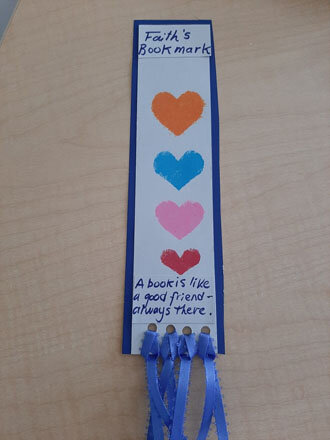
Americans practiced the art of stenciling extensively during the early decades of the nineteenth century. People decorated their homes with stenciled walls and floors, and enhanced furniture with birds, flowers, and overflowing cornucopias. Theorem painting, which entailed stenciling still lifes on velvet or silk, was a favorite student activity at academies for young girls. Stenciled household textiles were fashionable in the second quarter of the nineteenth century, primarily in New England and New York; almost all stenciled quilts and coverlets have been dated between 1820-1840. Clearly stenciling had a variety of uses in this period!
The paints used for stenciling had to be carefully prepared. Pigments were ground to a fine powder or prepared by combining vegetable or mineral matter with chemicals such as sulfuric acid, hydrochloric acid, or mercury. Gum water was added to control the spread of the paint on the fabric’s surface. The stencils were generally cut from paper that had been stiffened and made translucent by applications of turpentine or linseed oil, or on cloth dipped in beeswax. Professionally designed and cut stencils were available by the mid-1830s. Each color required a separate stencil and brush, and the base fabric had to be stretched taut in order to ensure the clear definition of each motif. In the example shown below, pink roses are stenciled on cloth squares, separated by sashing that is stenciled with leafy vines and more pink flowers.
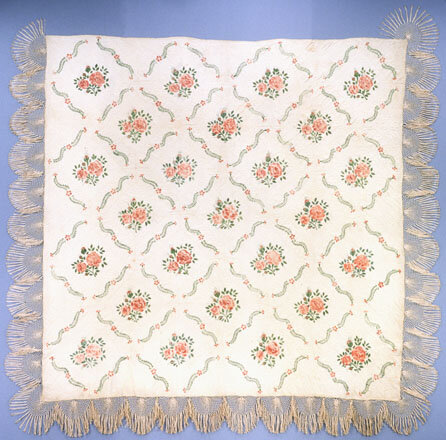
This quilt is in the textile collection at Historic Deerfield (HD F.145). It is attributed to Lucretia Allen Marvin who made it sometime before her marriage in 1845. Lucretia used stencils to create the pink flower and green vine design on the quilt squares. It looks like it was made as a whole-cloth quilt (i.e., made from one large piece of fabric), but it is a pieced quilt made from quilt squares stitched together to create this illusion.
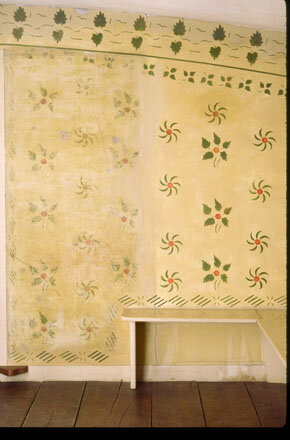
The Visitor Center at Hall Tavern has lovely stenciled walls in the assembly room. The walls were restored in the twentieth century and Historic Deerfield preserved a piece of the original wall so that you can see how it looked before restoration. You will see in the photo that the left side of the wall is the original faded stenciled design. The right side of the photo shows the stencil decoration restored in its original paint colors.
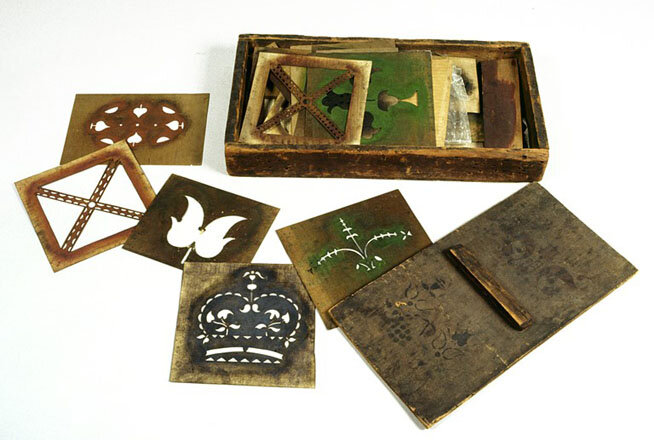
Mr. Bailey’s Stencils and Box
This artist’s box is in Historic Deerfield’s collection (HD 94.017). It is rough and rectangular, nailed, unpainted, and ornamented with stenciled decorations. It contains approximately 120 wall stencils cut from heavy paper. The box and stencils are significant for belonging to a western Massachusetts ornamental painter known as Mr. Bailey. Stencils allowed ornamental painters to replicate the detailed, geometric designs of neoclassical wallpaper directly onto plaster or wooden sheathing. Their work provided one way to introduce refined wall decoration to the homes of rural New England. Moses Eaton (born 1796) was New England’s most prolific and well-traveled stenciler. His work is found in New Hampshire, Maine, and Massachusetts. Far less known is Mr. Bailey, who owned this box and stencils. The research of Nina Fletcher Little (from whose collection this comes) determined that Mr. Bailey worked around Worthington and Cummington in western Massachusetts. The bold motifs were incised into waxed, cardboard templates to withstand heavy use. A hint of Bailey’s finished work is found on the cover of his box.
Having Fun With Stencils You Can Make
Stenciling can be defined as the method of creating a design by brushing or sponging paint onto a cutout overlay placed on a surface. The cutout overlay can be made of wood, metal, or heavy paper. The design can be complex or very simple–the results are always pleasing. We want to offer a simple way to create a stencil you can use to make a beautiful bookmark. The materials you will need are listed below, followed by directions that will guide you through the process:
Materials:
1 manilla folder or similar weight paper (the bookmark)
1 sheet of heavy weight cardstock (cut to create the stencil)
Pair of scissors
Pencil
Ruler
Masking or painter’ tape
Paint (and brushes) or markers or crayons
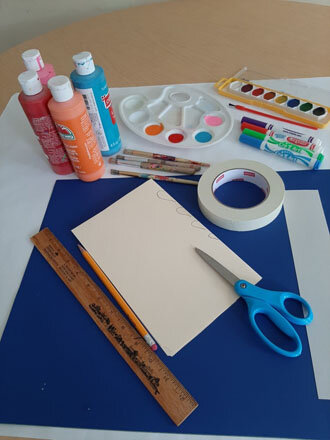
Directions:
1.Decide on a simple design, something you like and can draw easily. Many stencils were simple designs: hearts, flowers, leaves, stars.
2. Fold in half and crease the piece of paper you have chosen for the bookmark
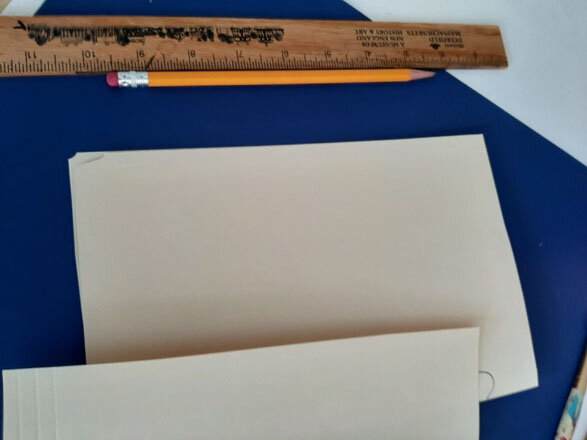
3. Use your pencil to draw half of the design along the crease.
4. Cut out the shape (or shapes ) you have drawn – now you have made your stencil
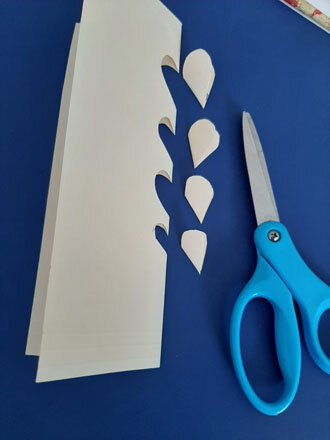
5. Open the paper so it is very flat, then tape the stencil to the piece of paper you have chosen for the bookmark paper. Tape it firmly.
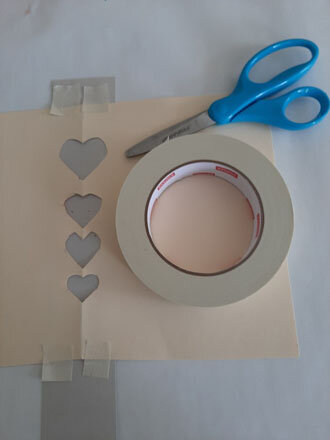
6. Now, you are ready to use paint, or markers to fill in the stencil design. If you are using paint, apply it by dabbing your brush up and down to fill the space completely with color.
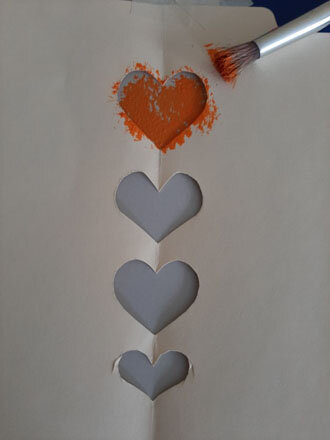
7. Let the paint dry, then carefully and slowly untape the stencil from the bookmark. Success! You have a beautiful, handmade stenciled bookmark.
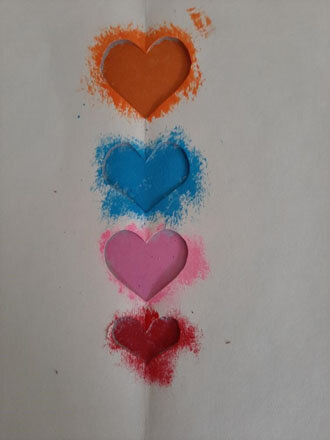
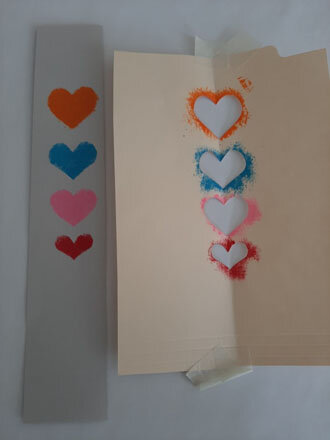
8. You could use the same stencil on a piece of cloth or even on a wall to make a unique design.
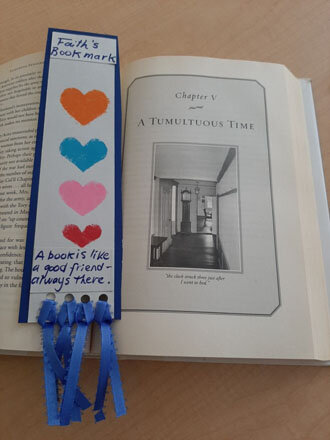
Faith’s bookmark keeps her place in Earthbound and Heavenbent: Elizabeth Porter Phelps and Life at Forty Acres (1747-1817) by Elizabeth Pendergast Carlisle at Chapter 5. “A Tumultuous Time.” What are you reading? Make a bookmark, take a photo and share it with us at historicdeerfield@historic-deerfield.org